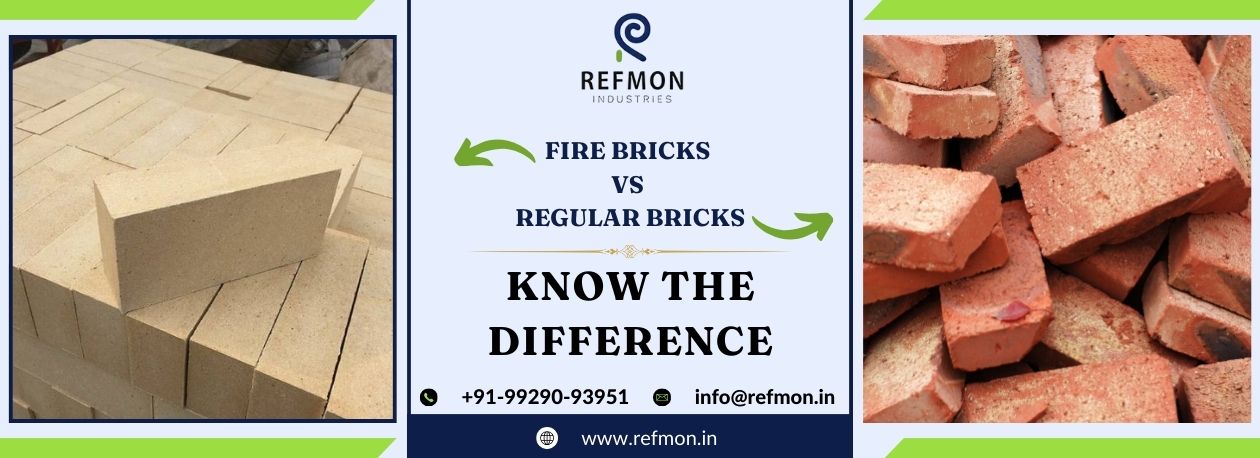
Fire Bricks Vs Regular Bricks - Know the Difference
Just sit wherever you are for a moment and think about just how far humanity has come from its humble beginnings. Once, we were cave-dwellers, and now look at us, building mammoth structures every other day - it is certainly impressive. And while there are many heroes in the construction industry, there is one which is often unappreciated. We are, of course, talking about bricks, including acid resistant bricks - the unsung heroes of the building world. They have been around for thousands of years, quietly doing their job of holding up walls and looking pretty while doing it.
But here is a thing about them that you might not know — not all bricks are created equal. Yes, that is true. In fact, there is a whole family of bricks out there, each with its own special talents. However, for the purpose of this post, we are going to focus on two of them. So, without any further waiting, let’s get right onto that.
Fire Bricks Vs Regular Bricks
Now, hold on for a second. If we have to talk about their differences, we need to first understand what they actually are. So, let’s begin by doing just that.
Regular Bricks
You already know what they are — they are the classics, the OG, the brick you probably picture when someone utters the word “brick”. These are, without a doubt, the workhorses of the construction world. You will find these bricks everywhere — from your cosy home to towering skyscrapers. They are made by mixing clay with water, moulding the mixture, drying it out, and then firing it in a kiln. Simple, right?
Fire Bricks
Now, these are a different kind of breed altogether. Think of fire bricks as regular bricks that hit the gym — they are dense, have low thermal conductivity, and can withstand extreme temperatures without breaking a sweat (that is their USP). Made similarly to regular bricks but with special materials and often higher firing temperatures, these bricks are ready to take the heat, so you don't have to.
Key Differences Between Regular and Fire Bricks
Now that we have covered all that, it is time to focus on the subject of this post — the differences between them. So, let’s get onto it
1.Composition: A regular brick is usually made of clay or shale, the product from a refractory products supplier, on the other hand, is actually a special cocktail of fire clay, alumina and silica.
2.Temperature Resistance: Regular bricks tap out at about 1,200°F. Fire bricks? They are still going strong at 2,800°F or more!
3.Strength: Now we all know just how strong regular bricks are — no question — but the other product in question beats them by a mile. Think of them as a heavyweight champion to someone who is just making a name for themselves.
4.Water Absorption: Regular bricks soak up more water, while fire bricks prefer to stay dry.
5.Cost: Regular bricks are easier on the wallet. Fire bricks? They are the premium option.
6.Uses: Regular bricks are used for everyday construction, and fire bricks are used for anywhere things get hot-hot-hot.
Final Words
There you have it, folks — the comparison between these materials is as clear as day and night. Now, you can make the right choice without worrying. And if you are looking to get your hands on some, connect with Refmon Industry, one of the most renowned fire bricks manufacturers.